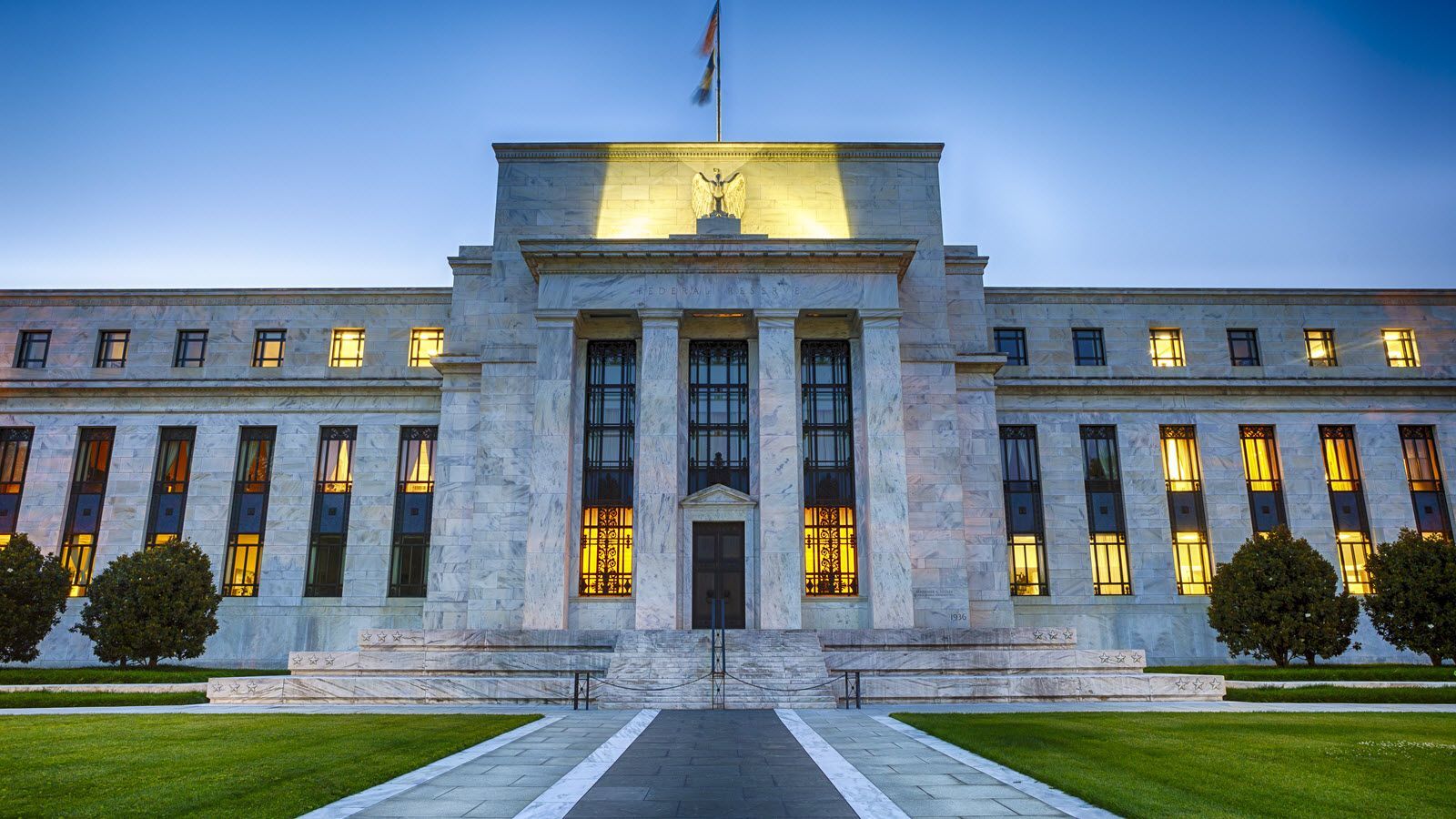6/20/25: FOMC Holds Rates as Economic Growth Slows
Jun 20, 2025 | Weekly Highlights

In a short week punctuated by the Juneteenth holiday, investors focused primarily on the Federal Open Market Committee (FOMC) meeting and interest rate policy decisions. As expected, the FOMC voted unanimously to hold the benchmark federal funds rate in the current range of 4.25%-4.50%. In the quarterly forecast update, Federal Reserve officials continued to pencil in two rate cuts in 2025, while downgrading estimates for economic growth and raising forecasts for both unemployment and inflation this year. The statement indicated that uncertainty about the economic outlook remained elevated but had diminished. The central bank may be faced with challenging policy decisions if tariffs lead to higher inflation along with slower economic growth.
Data this week reflected moderating economic conditions. May’s retail sales data shows evidence of strained consumer confidence, as spending fell following an early year buying surge in anticipation of tariffs. May retail sales declined by 0.9%, slowing further from April’s 0.1% monthly drop. Declines were led by auto sales and building materials and garden equipment and supplies, and spending at restaurants and bars fell by the most since early 2023. Control group sales, which feed into GDP, were the only bright spot in the report, with a 0.4% increase.
The housing market continues to struggle, as starts of new homes fell 9.8% in May to a seasonally adjusted annual rate of 1.256 million units. Homebuilder confidence is shaky due to elevated mortgage rates, affordability constraints, and a weakening economic outlook. Additionally, the Conference Board’s Leading Index dropped 0.1%, marking the sixth monthly decline and indicating slower economic growth going forward.
Equities fell modestly and oil prices increased this week with escalating tensions between Israel and Iran. Rates remained rangebound, with the 2-year U.S. Treasury trading around 3.92% and the 10-year at approximately 4.40% (at the time of this writing). The Chandler team continues to anticipate easier monetary policy and a steeper yield curve in the second half of the year.
Next week: S&P Global U.S. Manufacturing PMI, S&P Global U.S. Services PMI, Existing Home Sales, Philadelphia Fed Non-Manufacturing Activity, Current Account Balance, FHFA House Price Index, S&P CoreLogic Case-Shiller 20-City Home Price Index, Richmond Fed Manufacturing Index, Conference Board Consumer Confidence, MBA Mortgage Applications, New Home Sales, Building Permits, Advance Goods Trade Balance, Wholesale Inventories, Retail Inventories, GDP, Chicago Fed National Activity Index, PCE Price Index, Durable Goods Orders, Jobless Claims, Pending Home Sales, Kansas City Fed Manufacturing Activity, Kansas City Fed Manufacturing Activity, University Michigan Consumer Sentiment .
© 2025 Chandler Asset Management, Inc. An Independent Registered Investment Adviser. All rights reserved. Data source: Bloomberg, Federal Reserve, and the US Department of Labor. This report is provided for informational purposes only and should not be construed as specific investment or legal advice. The information contained herein was obtained from sources believed to be reliable as of the date of publication, but may become outdated or superseded at any time without notice. Any opinions or views expressed are based on current market conditions and are subject to change. This report may contain forecasts and forward-looking statements which are inherently limited and should not be relied upon as an indicator of future results. Past performance is not indicative of future results. This report is not intended to constitute an offer, solicitation, recommendation, or advice regarding any securities or investment strategy and should not be regarded by recipients as a substitute for the exercise of their own judgment. Fixed income investments are subject to interest rate, credit, and market risk. Interest rate risk: The value of fixed income investments will decline as interest rates rise. Credit risk: the possibility that the borrower may not be able to repay interest and principal. Low-rated bonds generally have to pay higher interest rates to attract investors willing to take on greater risk. Market risk: the bond market, in general, could decline due to economic conditions, especially during periods of rising interest rates. The composite economic indexes are the key elements in an analytic system designed to signal peaks and troughs in the business cycle. The indexes are constructed to summarize and reveal common turning points in the economy in a clearer and more convincing manner than any individual component.